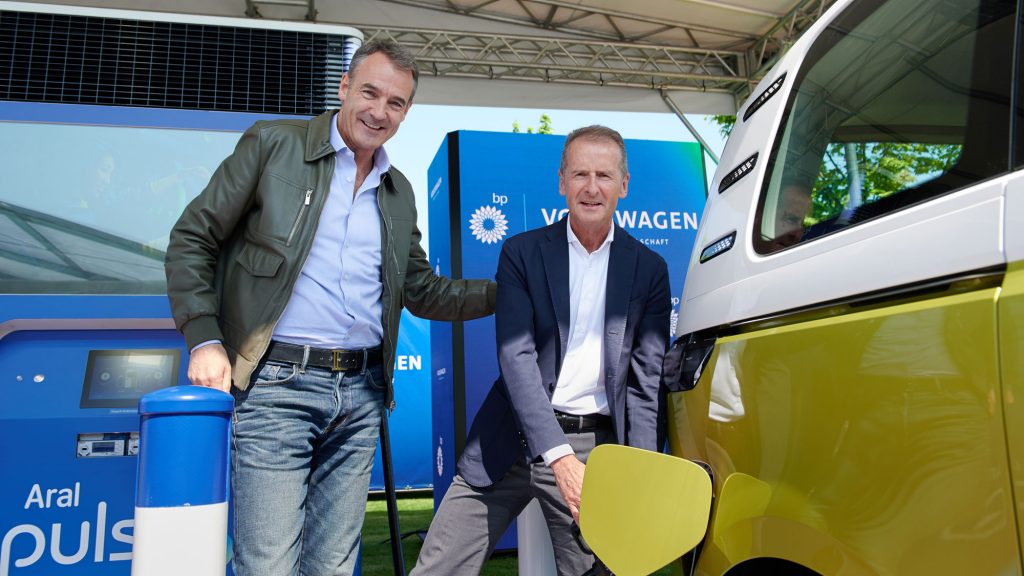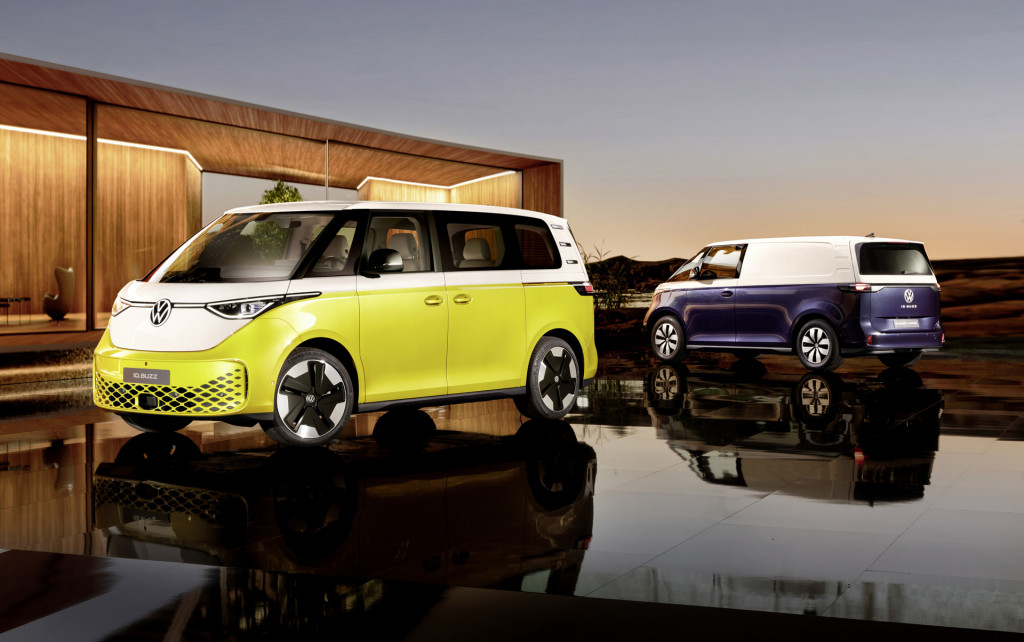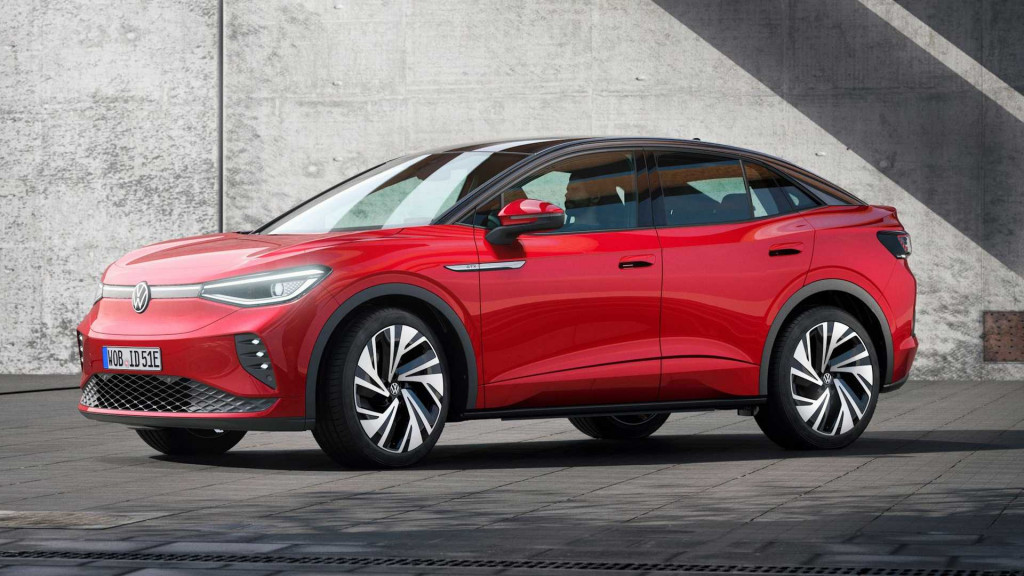Volkswagen and oil giant BP on Thursday announced a partnership to install up to 8,000 urban charging stations across Europe by 2024.
The project will use VW's Flexpole 150-kw DC fast-charging stations, which can be installed at low-voltage grid points without the need for the dedicated high-voltage hardware of conventional fast-charging stations, the automaker claims. Each station includes two charge points and a battery storage system.

VW CEO Herbert Diess and BP CEO Bernard Looney with Flexpole charger
The first unit is now live and open to the public in Dusseldorf, Germany, VW said. It's the first of a planned 4,000 that will comprise the first phase of the rollout. These stations will be located at BP fuel stations in the United Kingdom and those of the company's Aral brand in Germany, and will start going live within the next 24 months.
If all goes according to plan, an additional 4,000 stations will be added in the UK, Germany, and other European countries through 2024.

2024 Volkswagen ID.Buzz
Charger locations will be integrated with the navigation systems of VW EVs, as well as those of the automaker's Seat and Škoda brands, as well as in-car apps and VW's European-market Elli charging app. They'll also be included in Aral and BP rewards programs.
More urban fast-charging options will be needed as ride-hailing electrifies, and to serve apartment dwellers without the ability to install home charging stations. The lack of space for conventional charging stations on city streets has led to some creative solutions.

Volkswagen ID.5
Charging hubs that pop out of the sidewalk were deemed a success in a UK trial that wrapped up in 2020. Ubitricity's street-lamp-based charging is also a good idea to expand urban charging options. Another company looked at using cable boxes.
Outside of cities, the design of road-trip charging stations is also up for debate. Stakeholders have gone back and forth over whether stations should resemble current gas stations, or whether chargers should simply be placed wherever is most convenient.












